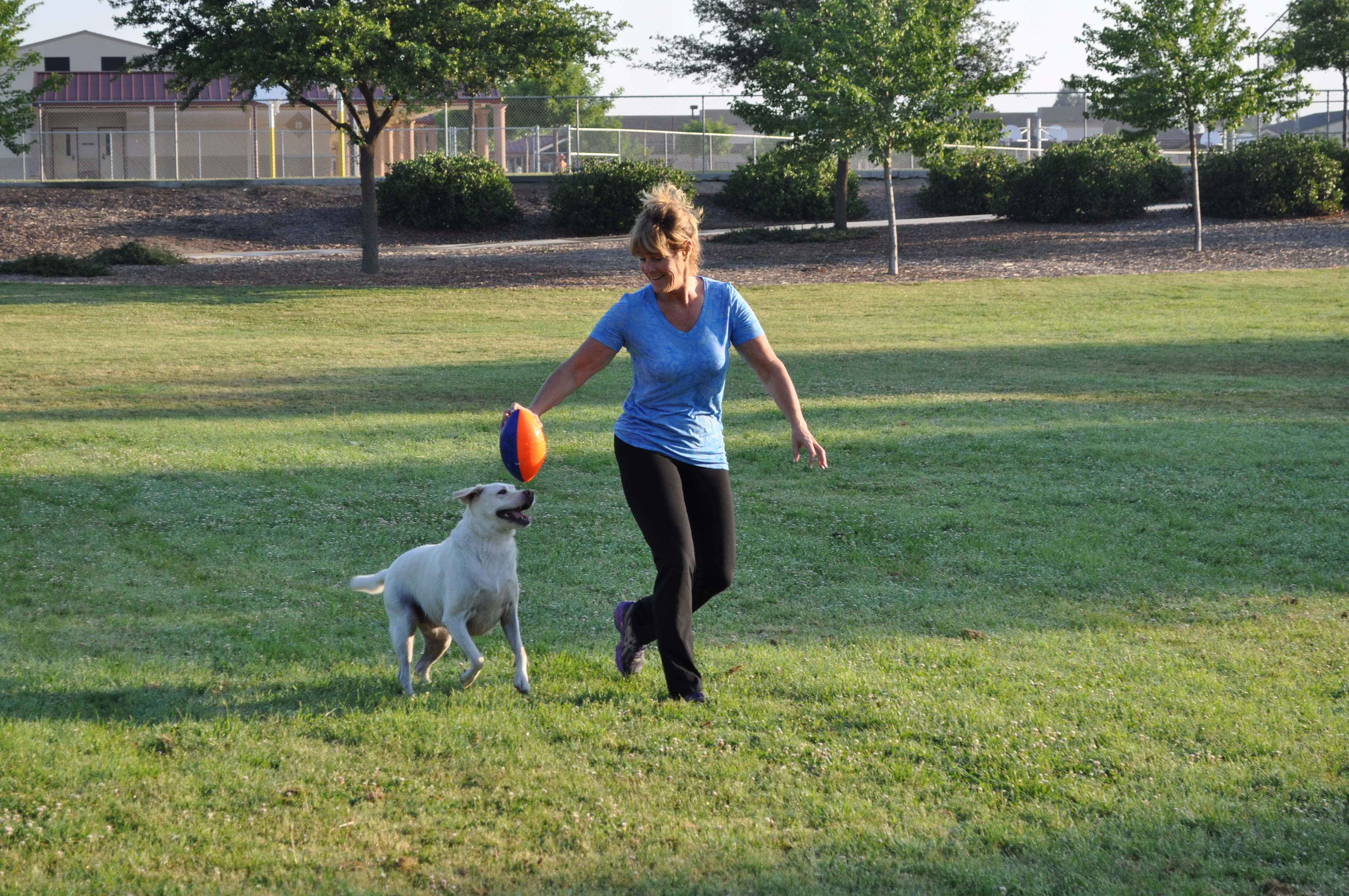Recent Posts
- Home
- LEXI’S BLOG
- 7 Tips to Exercising with your Pupper!
7 Tips to Exercising with your Pupper!
Posted by on

Well its the New Year and we all need to get back in the exercise saddle! Mom found this great article as to ways we can exercise together! WOHOO more ways to spend time with her and it will be fun too!
Exercising with your dog can either be really great or really horrible. There are some right and wrong ways to do it, but, as with everything, it differs for each person and canine. Try to talk to your vet before you start working out with your dog just like you would talk to your physician. If you follow these 7 tips, man’s best friend could become man’s best trainer.
Allow your dog to warm up first
Just like you do stretches, your dog needs a pre-workout warm up as well. Now, this doesn’t mean that they will be next to you doing lunges, but you should try to play with them a little bit beforehand. Try playing fetch or another one of their favorite games prior to your workout this way they are properly warmed up. Not doing this could cause your dog to over-exert themselves initially and the workout won’t be as effective.
Strengthen their abilities gradually and create a routine
Any personal trainer will tell you that a routine is important whether you’re working out on the street or in the gym. By doing this not only will your dog be able to recognize when it’s workout time, but you’ll be obedience training them at the same time. Try to always start with stretches, then move on to sit-ups, take a nice run, and finish off with a walk for a good cool-down exercise. If you do this every time the two of you workout together, your dog will pick up on the habit and follow along with you. If you’re an intense trainer who works out different areas on the body on different days, create a routine for each area and have each routine start with a different exercise that way your dog will learn the cues.
Research your dog’s breed
Just like each person’s ability level is different, each dog breed’s ability level is different. This doesn’t only mean the difference between a large and small dog, though. All breeds are different from greyhounds to pit bulls and rottweilers to dachshunds. For example, an Australian shepherd has an incredible level of stamina which means they are better for intense running in short spurts whereas a rottweiler is known for endurance meaning that they are better for long distance running. Its advisable that an Australian shepherd is run for five minutes at a time and while they’re taking a rest you can do another workout, like sit-ups or push-ups; for a rottweiler, a simple half hour or hour jog at a consistent pace is advisable. Gradually strengthen their abilities and build them up so that you will strengthen your abilities as well and grow together.
Keep your dog to one side at all times
This is mainly important for safety reasons. While running, for example, if you allow your dog to zig-zag back and forth in front of you then you are risking allowing yourself to trip over their leash which can injure the both of you. If you’re more comfortable holding them on your right side, always teach them to stay right beside you and vice versa.
Don’t tie their leash around your wrist
This is not only for the safety of your wrist, but for your dog as well. If you keep the leash tied around your wrist then the leash becomes taught as they pull on it. This can create a risk of not only twisting your wrist, but you may also be risking having the leash choke your dog. It may not seem like a huge deal, but by allowing the dog to choke itself on the leash it could damage their trachea and cause a long-term cough that is both uncomfortable and dangerous for their health.
Keep both of you hydrated
You may choose to leave the water bottle at home from time to time because you don’t want to hold it, but it is especially important to make sure you have one on hand while working out with your canine friend. While exerting energy, just like people, dogs need constant re-hydration to ensure that they don’t become dehydrated and risk health problems in the future. Also make sure that you get them water immediately after returning home so they can relax and cool down after their workout.
Check them over after each workout
This is especially important if you are taking them running on the road. Be it dirt or asphalt, there are numerous objects that could be on the road and potentially become stuck in their paws. Check each paw for debris and injuries after each workout to make sure that they are in tip-top shape and ready to go for next time.
 Loading... Please wait...
Loading... Please wait...






